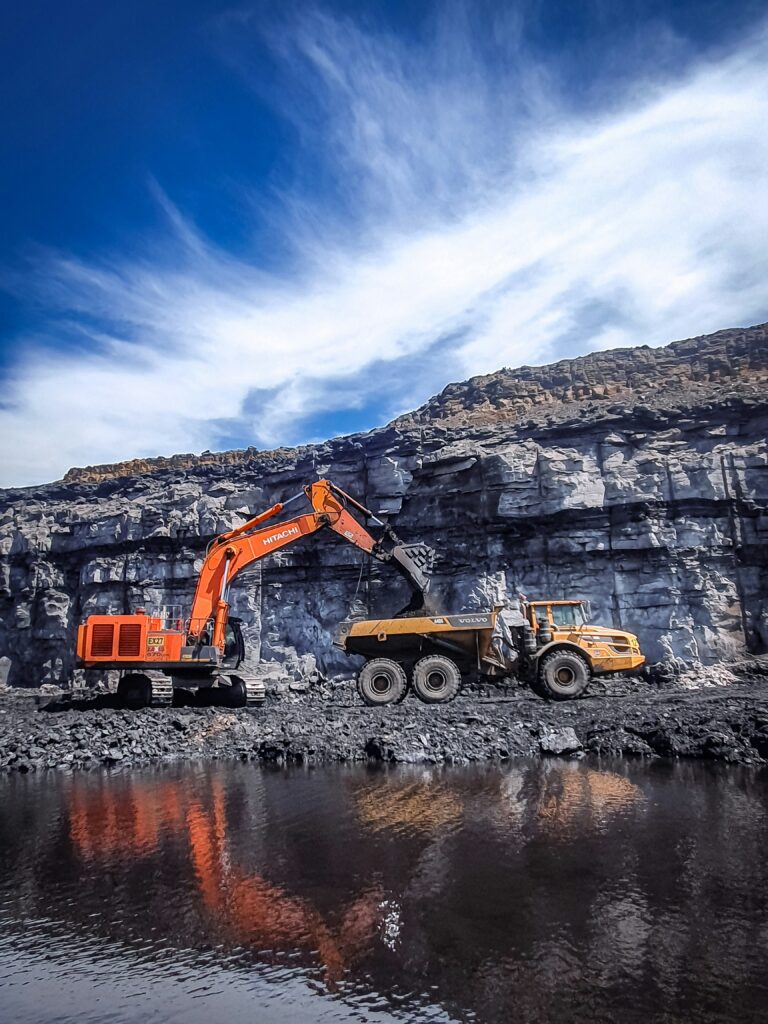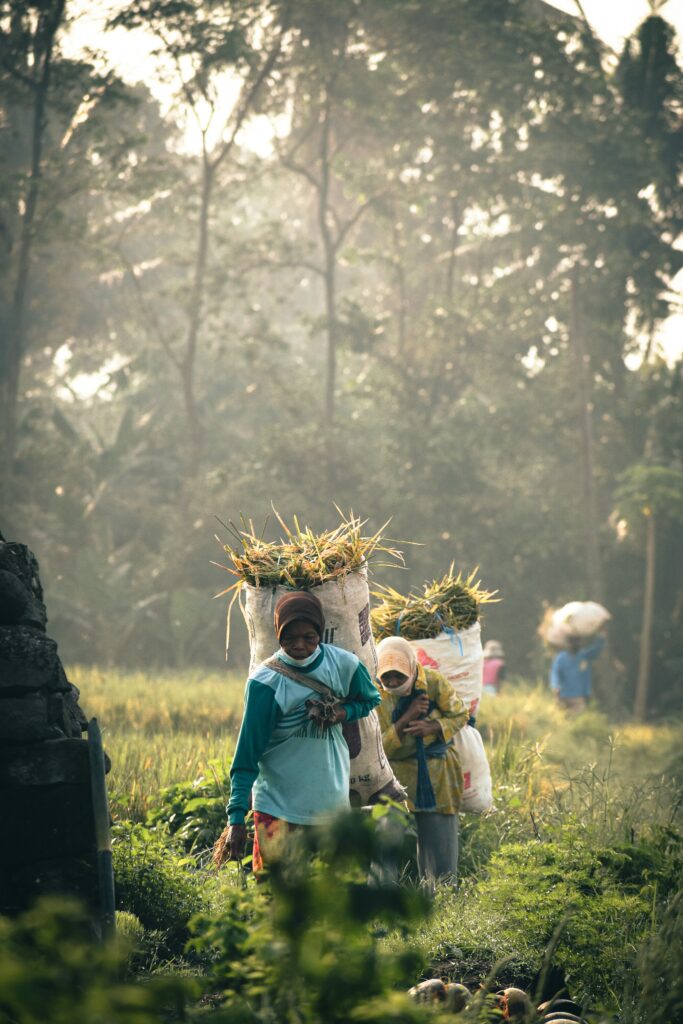The PM Khanij Kshetra Kalyan Yojana (PMKKKY) is a flagship initiative launched in 2015 to ensure the development and welfare of communities impacted by mining operations. Administered by the Ministry of Mines, the scheme channels mining revenues into improving the quality of life for those living in and around mineral-rich regions. Its core objective is to transform adversity into opportunity through sustainable and inclusive development.

Objectives of the PM Khanij Kshetra Kalyan Yojana
PMKKKY is rooted in three primary objectives:
- Welfare and Development: Implement high-impact welfare and infrastructure projects in mining-affected areas.
- Mitigating Adverse Impacts: Address the environmental, social, and health consequences of mining.
- Sustainable Livelihoods: Empower communities through skills, jobs, and entrepreneurship for long-term resilience.
Funding Mechanism of PM Khanij Kshetra Kalyan Yojana
The scheme is funded through District Mineral Foundations (DMFs), established under the amended Mines and Minerals (Development and Regulation) Act, 2015. Mining leaseholders contribute:
- 30% of royalty for leases granted before January 12, 2015
- 10% of royalty for leases granted after that date
These funds are deposited into district-level DMFs and are used exclusively for the welfare of affected communities.
Key Focus Areas of PM Khanij Kshetra Kalyan Yojana
As per the official guidelines, at least 60% of DMF funds must be utilized in the following high-priority sectors:
- Drinking Water Supply: Including household tap connections and water purification units.
- Healthcare: Construction and renovation of hospitals, mobile clinics, and ambulance services.
- Education: Building schools, offering scholarships, digital classrooms, and hostels.
- Skill Development: Vocational training centers for youth and women in local trades.
- Welfare of Women and Children: Nutrition programs, Anganwadi centers, and childcare facilities.
- Sanitation: Toilets, hygiene education, and waste management initiatives.
The remaining up to 40% of funds can be allocated for:
- Road and Infrastructure Development
- Irrigation Projects and Watershed Development
- Energy Solutions, Including Solar Grids
- Environmental Restoration and Afforestation
Identifying Beneficiaries
The scheme defines two types of affected areas:
- Directly Affected: Places where mining is actually happening, including excavation, blasting, and waste disposal zones.
- Indirectly Affected: Areas impacted by secondary effects like pollution, displacement, and degraded agricultural output.
The affected population includes:
- Families displaced due to mining
- People who have lost agricultural or forest-based livelihoods
- Communities with customary or legal rights over local natural resources
Special Provisions for Tribal Areas
In Scheduled Areas governed by the Fifth and Sixth Schedules of the Constitution, the scheme mandates:
- Gram Sabha Approval: All plans and projects must be ratified by local self-governments.
- Community Involvement: Locals help identify beneficiaries and monitor implementation.
- Transparency: Annual reports are to be submitted to the Gram Sabha for scrutiny.
Monitoring and Transparency
To ensure accountability and effective use of DMF funds, the scheme incorporates strong monitoring mechanisms:
- Regular audits and inspections of DMF accounts
- Public dashboards and physical display boards in villages
- Quarterly reporting by the district administration on fund usage and outcomes
Impact and Progress So Far of PM Khanij Kshetra Kalyan Yojana
Since its inception, PMKKKY has led to notable improvements in many mining-affected districts across India. Key outcomes include:
- New hospitals and schools built in remote tribal areas
- Safe drinking water supply reaching thousands of rural households
- Skill training programs that have increased local employment
- Women’s groups formed to promote self-employment and micro-enterprises
The scheme has also created a precedent in decentralizing development by giving local districts the autonomy to plan and implement welfare activities.
Challenges Ahead
While the scheme has made progress, several challenges remain:
- Capacity constraints at the district level can delay implementation.
- Lack of awareness among beneficiaries limits demand for entitlements.
- Need for integration with other Central and State welfare schemes.
Continued capacity building, grassroots involvement, and technological integration are key to overcoming these hurdles.
Conclusion
The PM Khanij Kshetra Kalyan Yojana represents a landmark step in turning the mineral wealth of India into a sustainable development opportunity for those who have long borne its costs. It’s more than a welfare program—it’s a social justice mission that aims to restore balance by giving back to communities who’ve sacrificed their environment and livelihoods for the nation’s growth. As the scheme continues to evolve, it holds the promise of a more inclusive and equitable mining sector in India.
Further Information
You can refer to the official website of the Ministry of Mines for more detailed scheme information:
dmfindia.mines.gov.in
Other Schemes:
PM Gati Shakti; PM UTPRERAK; & Others Schemes
#Class12Economics #ClassXIIMacro #DesignLinkedIncentivesScheme #DLIScheme #EconomicsforUPSC #GovernmentBudgetClass12 #JalJeevanMission #Meity #MinistryofAgricultureSchemes #MinistryofCommerce #MinistryofEducation #MinistryofJalShakti #MissionSUJALAM #MoA&FWSchemes #MODIGovt3.0 #MoneyMultiplier #MoNRE #MoPNG #NamamiGange #NIPUNBharatMission #PLIScheme #PMAwasYojana #PMBhartiyaJanaushadhiPariyojana #PMDeVINEScheme #PMGATISHAKTI #PMKISAN #PMKUSUM #PMKVY #PMMatsyaSampada #PMMatsyaSampadaSchemeUPSC #PMSHRI #PMSHRIScheme #PMSuryaGharMuftBijliYojana #PMSVAMITVASCHEME #ProductionLinkedScheme #RashtriyaGokulMission #SAKSHAMScheme #SamagraShikshaScheme #SamagraShikshaScheme2.0 #SamagraShikshaYojana #SC/STSchemes #StandUpIndia #UTPRERAK #UtprerakScheme #VidyanjaliScheme


